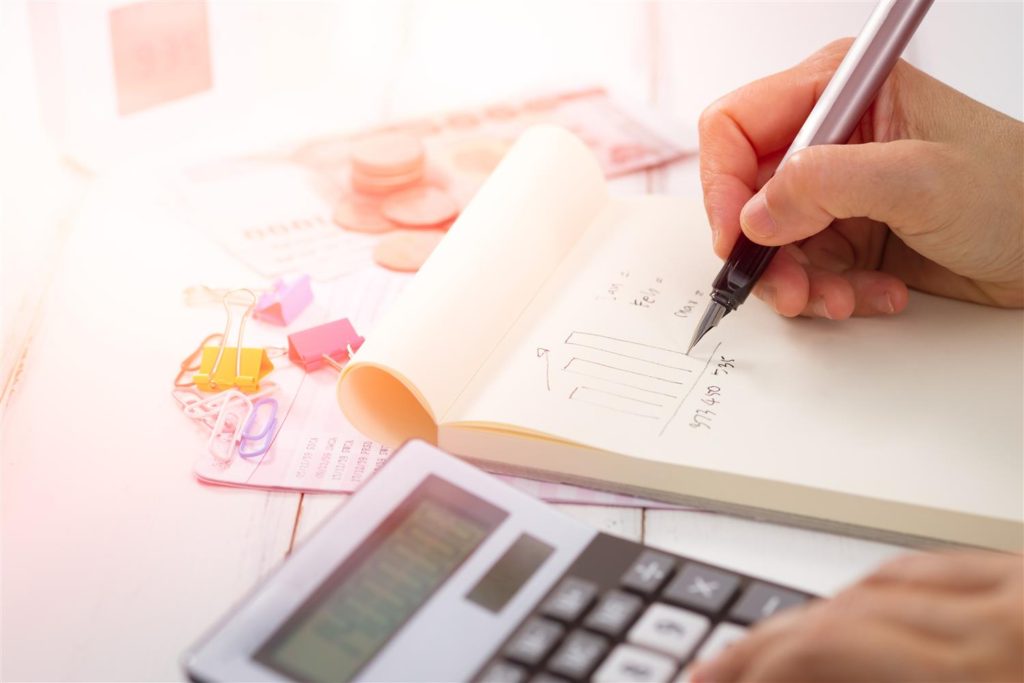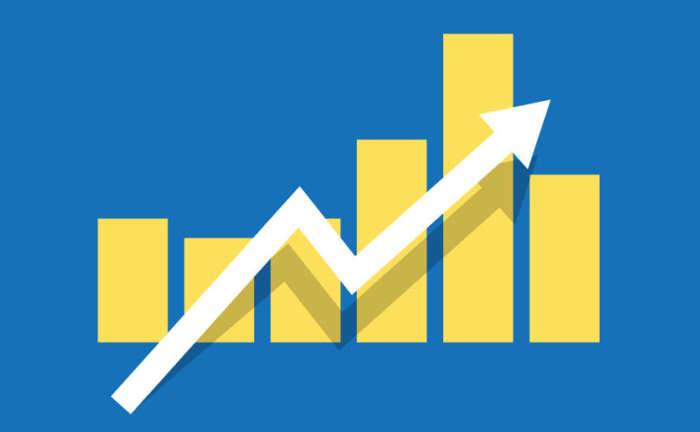| |
What Is a Percentage Increase?
If you want to analyze how much a value has increased after some time, firstly you should find the difference between the initial and final values by subtracting them to get the exact amount of the increase. For instance, during the winter of 2019-20, Boston received 26.1 total inches of snow, while in the winter of 2020-21, it received 54 total inches of snow. Consequently, the amount of snow Boston received increased by 27.9 inches from one winter to the next. Since the relative scale of the increase is not known, knowing just the value of the increase doesn’t tell us much. Otherwise, stated, is it considered a large increase or a small one to receive 28 more inches of snow in one year than the previous year? It is more crucial to know the size of the increase compared to the initial value because it lets you identify the relative scale of the increase. The difference between a final value and an initial value is the percent increase between two values. It is expressed as the initial value’s percentage.

The formula of Percentage Increase
The formula of percentage increase is utilized to compare the growth in a quantity from the initial value to its final value, during a certain period of time. This formula represents the difference between the final value and the initial value which is divided by the initial value and then multiplied by 100. In this article, you will learn more about the percentage increase formula.
What is a Formula of Percentage Increase?
As we have already mentioned, the percentage increase is the difference between the final value and the initial value, expressed in the form of a percentage. In order to calculate the percentage, we require to have the initial value and the increased value/new value. Following this concept, the percentage increase formula is: Percentage Increase = [(Final Value – Initial Value)/Initial Value] × 100. We should note that we take the absolute value of the initial value since the percentage has to be a positive quantity.
Check out our Percent Change Calculator
How to Calculate Percentage Increase?
Let’s repeat once more that percentage increase is expressed as the difference between the final value and the initial value which is divided by the initial value and then multiplied by 100. With the help of an example, let’s explain how to calculate the percentage increase.
Example #1
The production of salt in a company increases from 500 tons to 800 tons after a year. Find the percentage increase in the production of salt.
Answer
Initial value = 500 tons; Final value = 800 tons
[Final Value – Initial Value)/Initial Value] × 100 = Percentage Increase
= [(800 – 500)/500] × 100 = 60%
Hence, salt production increased by 60%. In other words, the percentage increase in the production of salt was 60%.

Example #2
The height of an oak tree increased from 11 ft to 16 ft after a year. You must find the percentage increase in its height.
Answer
The initial height of the oak tree = 15 ft.; the final height of the oak tree = 20 ft.
Utilizing the percentage increase formula – Percentage Increase = [(Final Value – Initial Value)/Initial Value] × 100.
= [(18 – 12)/12)] × 100 = (6 /12) × 100
= 50%
Hence, the percentage increase in the height of the oak tree equals 50%.
Here you can use for free the Percent Off Calculator
Utility of the Percentage Increase Formula
Besides helping to compare how much a value has increased over time, the percentage increase formula has many real-life uses like understanding percentage increase in the production of goods comparing the profit of a business after every year, or the percentage increase in the salary of a person, and many more. It helps us figure out how much a quantity has increased in comparison to the initial value because it allows us to define the relative scale of the increase. It designates that the difference between the final value and the initial value is the percent increase between two particular values, which is formulated as a percentage of the initial value. Let us understand this with an example. imagine the profit earned by two businesswomen for 2 years.
We can see that the profit of both businesswomen increased by $7,000 in the second year. Increase in profit for Monica’s business = 20000 – 13000 = $7000; Increase in profit for Rebecca’s business = 35000 – 28000 = $7000
Wonder if they are growing at the same rate? The answer is no because the growth has to be compared with the initial value/number. We utilize the percentage increase formula for this case. Let’s compute the percentage increase for both of them individually applying the percentage increase formula – Percentage Increase = [(Final Value – Initial Value)/Initial Value] × 100.
Percentage increase of profit in Monica’s business = [(20000 – 13000) / 13000] × 100 = (7000/13000) × 100 = 53.85%
Percentage increase of profit in Rebecca’s business = [(35000 – 28000 / 28000) × 100 = (7000/28000) × 100 = 25%
It means that Monica earned more profit than Rebecca.

Additional Examples Utilizing Percentage Increase Formula
Example #3
The price of Rick’s toy car increased from $20 to $25. Find the percentage increase in the price applying the percentage increase formula.
Answer
The initial value of the car = $20; the final value of the car = $25.
Utilizing the percentage increase formula, Percentage increase = [(Final Value – Initial Value)/Initial Value] × 100.
= [(25-20)/20] × 100 = (5/20) × 100
= (5/20) × 100
= 25%
Accordingly, the percentage increase in the price of the toy car equals 25%.
Example #4
What will be the percentage increase in the rent of an apartment if in the month of March it was $300 and in the month of October it was $350?
Answer
The initial rent = $300; the increased rent = $350
Applying the percentage increase formula, Percentage Increase = [(Final Value – Initial Value)/Initial Value] × 100.
= [(350 – 300)/300] × 100 = (50/300) × 100
= (50/300) × 100
= 0.17%
Consequently, the percentage increase in the rent is 0.17%.
Wonder how to round numbers to the nearest hundredth? Check out this free calculator.